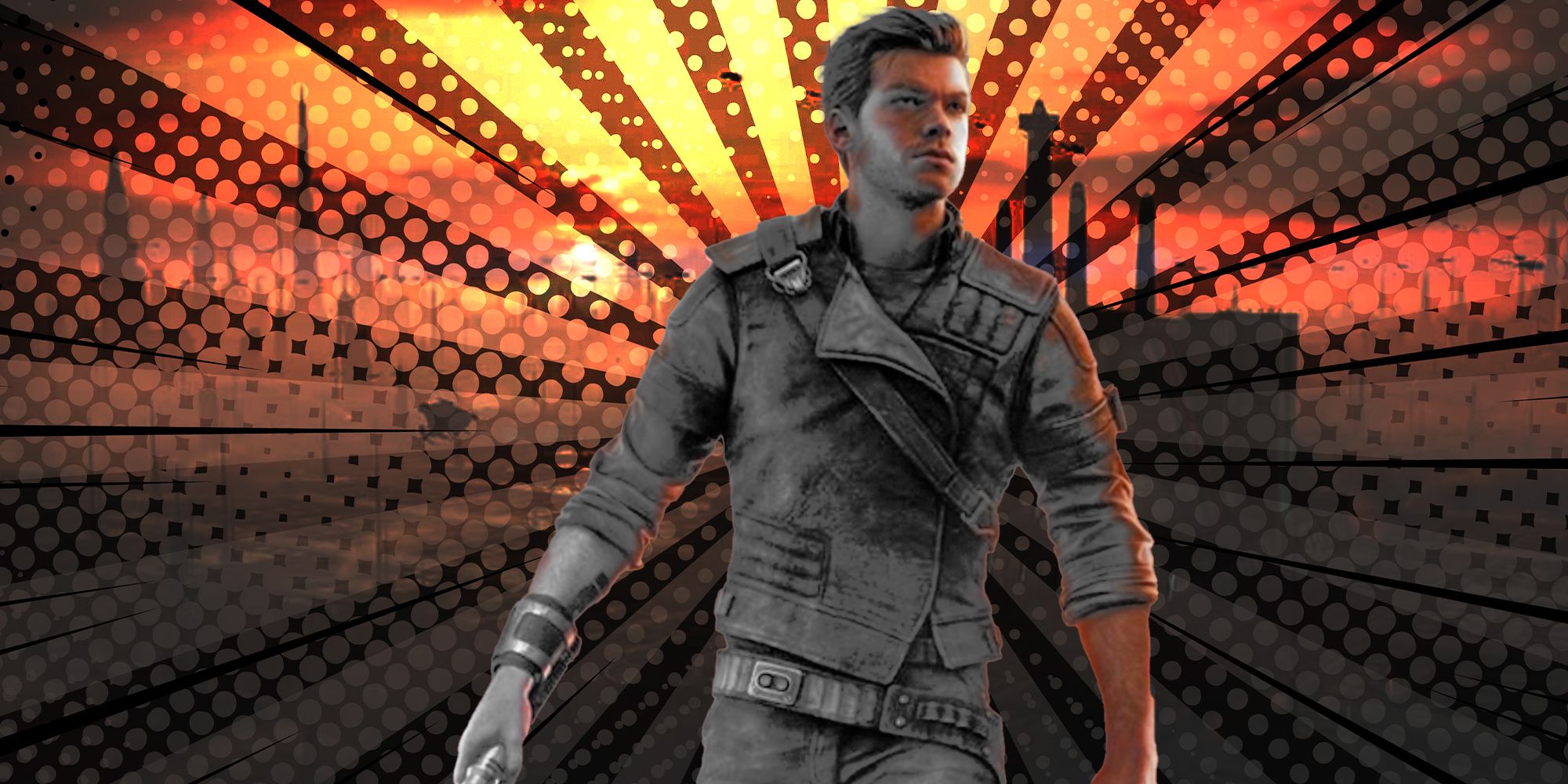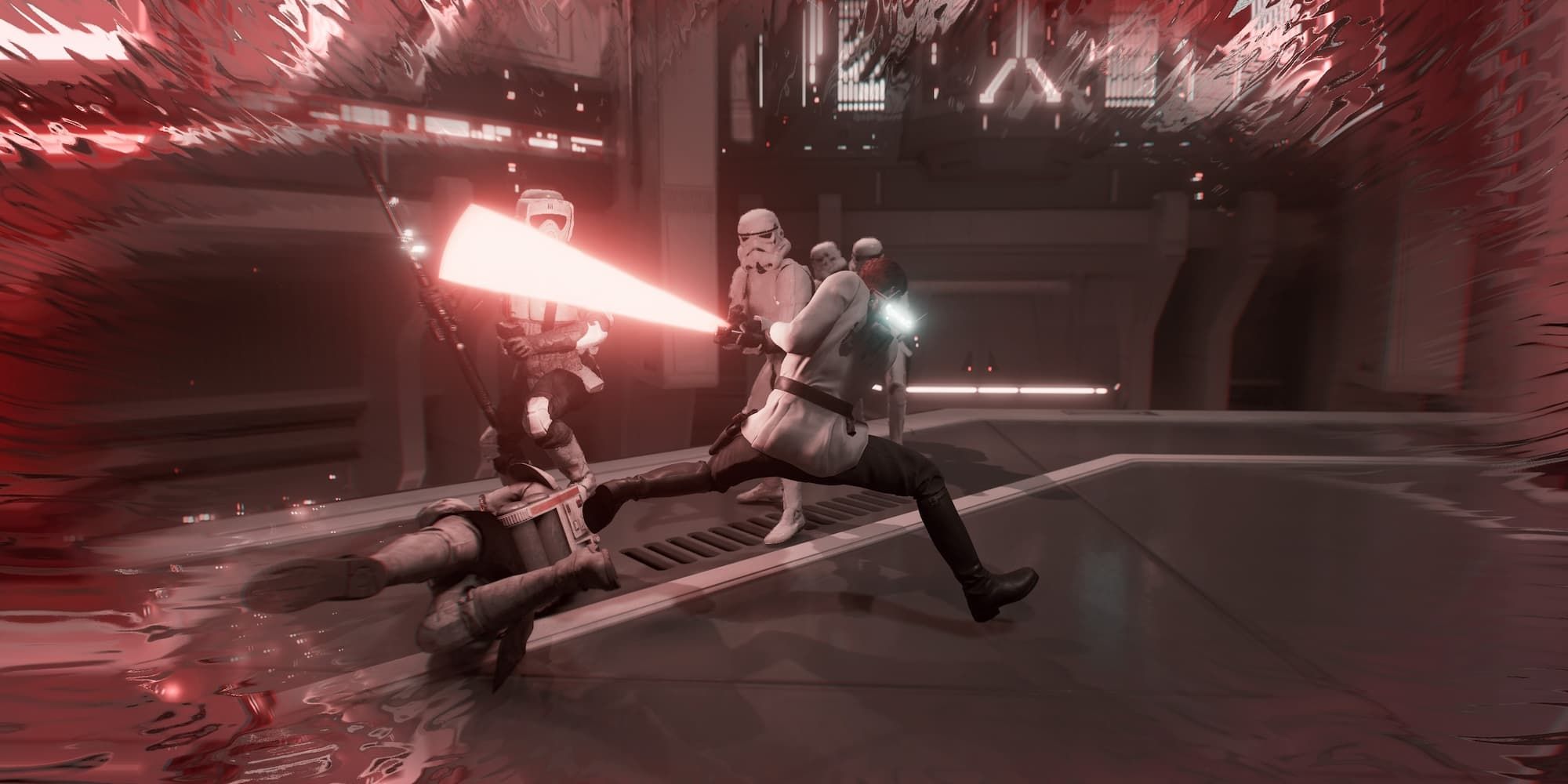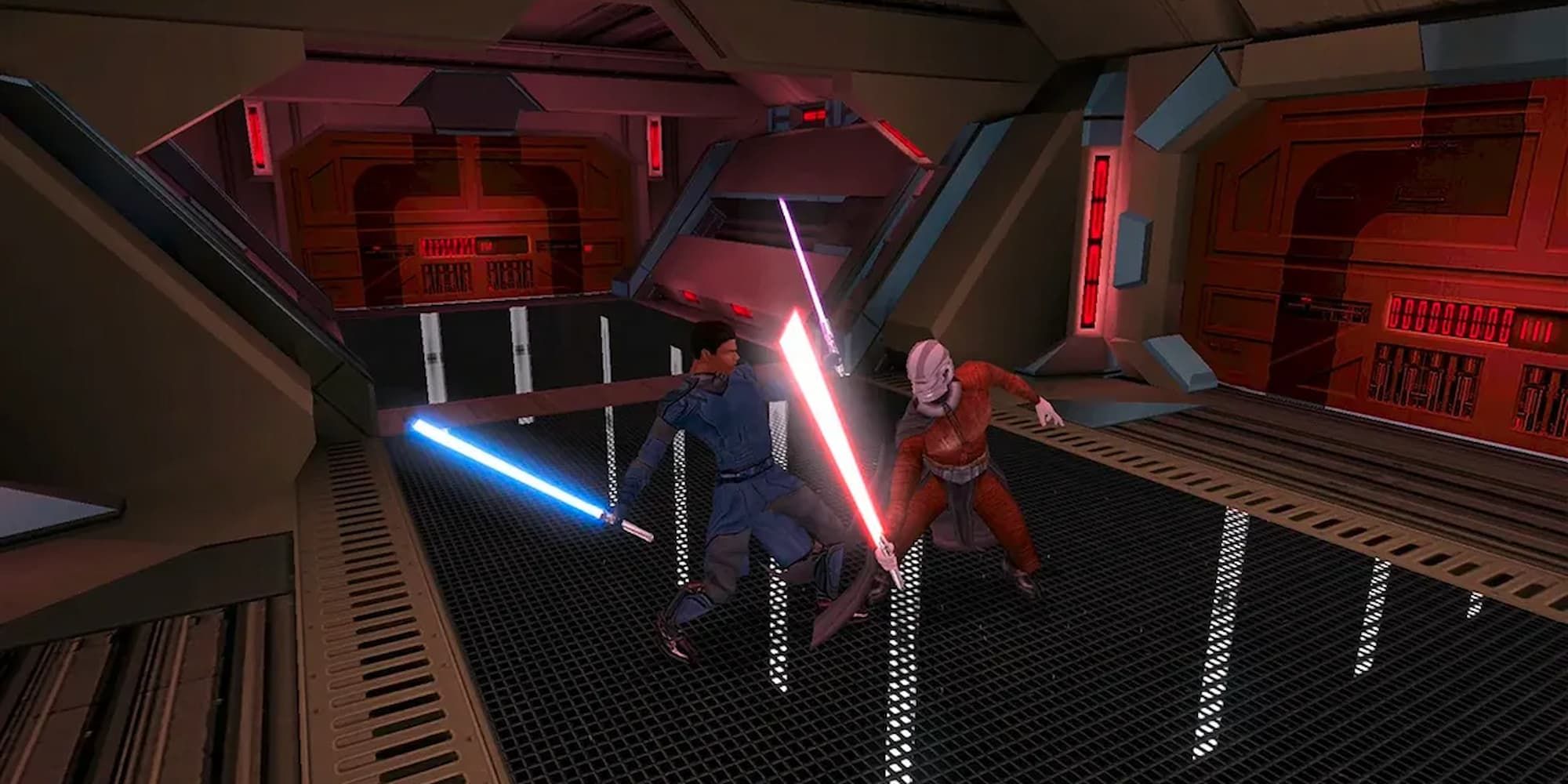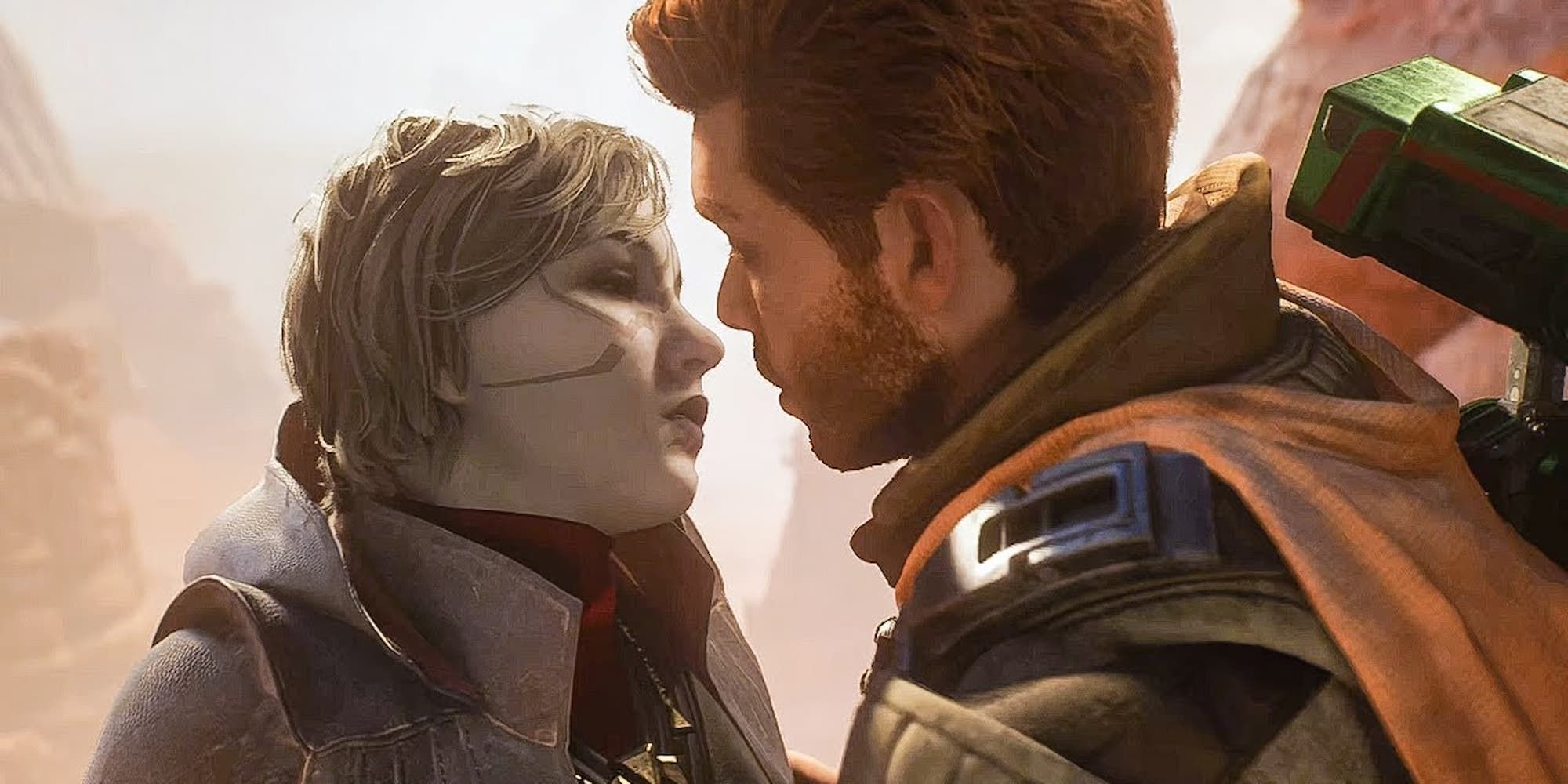Star Wars fans started a debate on Reddit over Cal Kestis’ possible future as a Grey Jedi, which has now expanded into arguments over what a Grey Jedi even is, whether they’re canon, and if they exist at all. I felt the game was hinting that Cal will become a Grey Jedi in future games, and I still believe so.
I’m not particularly interested in jumping into decades of lore to argue whether or not Grey Jedis actually exist or not, but the debate has highlighted a long-standing issue with the Star Wars universe - an oversimplification of morality. Some spoilers for Star Wars Jedi: Survivor follow.
I’m choosing to take the Star Wars: Jedi games on their faces here. These games are exploring a world after Order 66. There is no more Jedi Order, no schools, no younglings. Jedis do not thrive, they survive. They are doing what they have to, even if it means moving on from following a rigid Jedi code of a destroyed organisation that no longer serves them.. It’s pretty apparent that Cal is turning away from what it means to be a traditional Jedi; he accepts his affection for Merrin, and he uses the dark side in moments of desperation and rage.
It’s very silly to have long debates over what acting a certain way should be called. More specifically, it’s silly to argue over whether not following rules makes you ‘grey’, using dark side powers makes you ‘grey’, or if you can’t be ‘grey’ without being a Jedi at all. I don’t think it matters, because what Cal has done in Jedi: Survivor remains the same regardless of what you call it. He has used dark side powers and continues to use them, which is reflected in the gameplay.
What strikes me about the ongoing conversation is that some are arguing that Grey Jedis cannot exist for long - they either fall to the dark side, or stop using dark side powers altogether. Thisbinary of Light versus Dark forms the core of the Star Wars universe. There are good people, Jedis, and bad people, Sith. Many fans of the franchise seem intolerant of the idea that there can be an in between, and Force users must belong to one or the other.
I’ve always found this binary particularly strange, perhaps because my relationship with the franchise was developed through my childhood obsession with Knights of the Old Republic. The game has a light and dark meter that shifts in accordance with your actions and the way you treat others - in different playthroughs, I’d intentionally skew light, dark, or somewhere in the middle. It encouraged being Grey, whatever that meant to you. There was no inherent goodness or badness, you were instead what you do, which is very much how I see life. There was no binary, and you could use both dark and light side powers. Yet much of the franchise’s fanbase see Light and Dark sides in direct opposition, with no in between, and that’s because of the way it’s been framed in much of its most popular content.
The fact is that basic good versus evil paradigms are very boring, especially in telling a political story. After all, Star Wars is inextricably tied to politics. Telling stories so rooted in themes of oppression, hope, and resistance seems almost ridiculously shallow when they’re done within rigid binaries. Human beings don’t fit into groups in that way, and morality is a spectrum. Ahsoka Tano is brought up frequently as an example of an ex-Jedi who no longer identified with the organisation, but was still on the side of the Light when she died. As Andor shows us, sometimes you have to do morally grey things to resist oppression, and isn’t that exactly what Cal has done? It serves nobody to shoehorn characters into Light or Dark, because it sucks all the nuance and complexity out of a story.
Cal Kestis might be a Jedi, but he is his own kind of Jedi. He’s the kind that forms romantic attachments, uses blasters, and occasionally uses the dark side. He feels deeply, and that might technically make him a bad Jedi, but it doesn’t matter, because they don’t exist anymore. Cal Kestis is forging his own path, and it doesn’t matter what we label it, as long as we don’t spend our time and energy trying to simplify characters to be easier to categorise. That’s a disservice to every good Star Wars writer out there.




